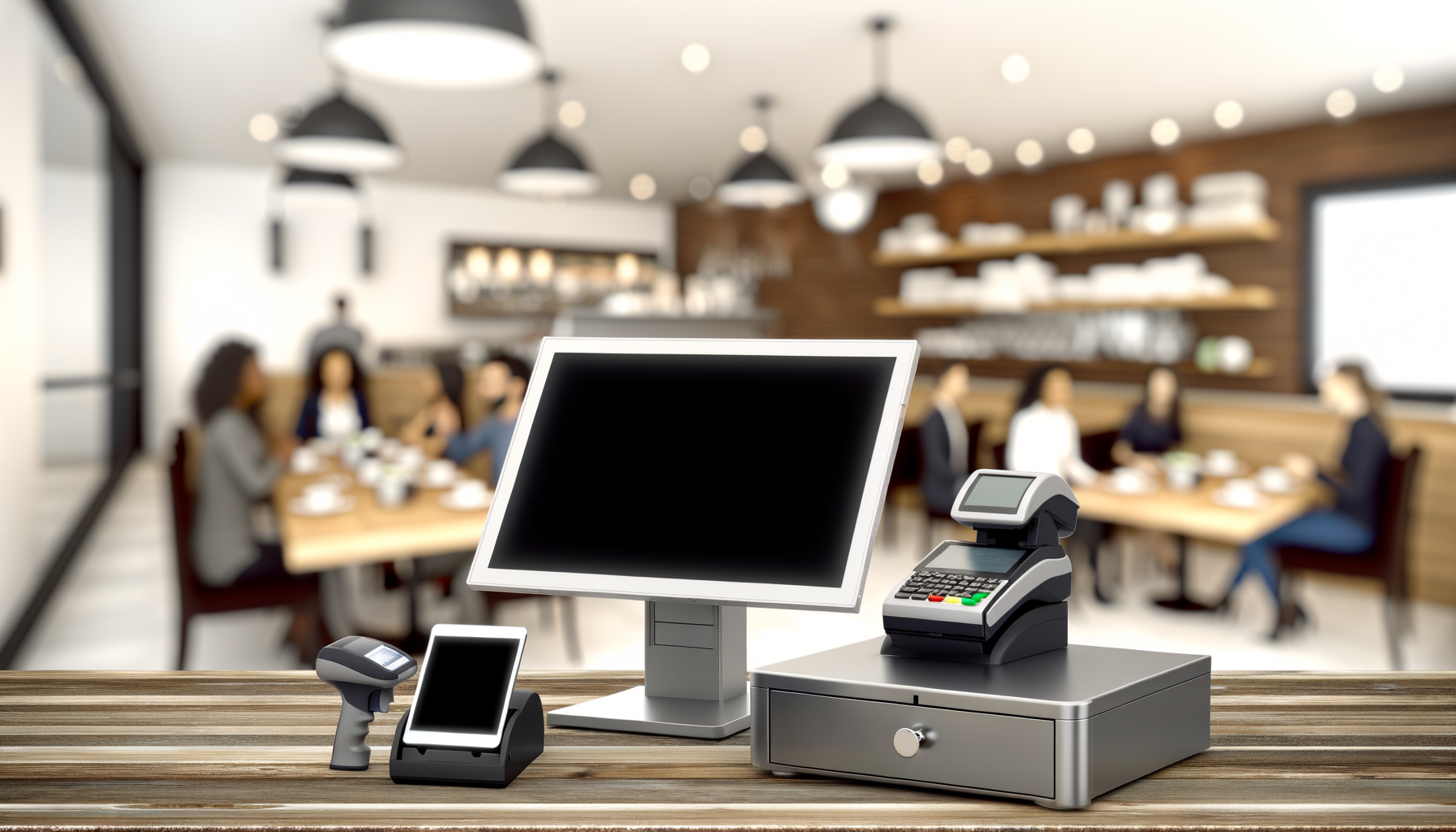In the fast-paced restaurant industry, a reliable point of sale (POS) system is crucial for efficiency and customer satisfaction. This article delves into the essentials of restaurant POS systems, exploring how they streamline operations, enhance customer service, and integrate various business functions to boost profitability.
The Basics of Restaurant POS Systems
A restaurant POS system is an essential tool integrating hardware and software to streamline various operational processes within the hospitality sector. Its main functions include processing transactions, managing orders, and tracking sales to facilitate efficient operations. Typical components of a POS system encompass hardware like registers, touchscreens, and peripherals such as printers and scanners, alongside robust software features for comprehensive restaurant management, report generation, and customer relationship management.
By offering real-time insights into sales, staff performance, and inventory levels, a POS system enables restaurateurs to make informed decisions. The software also facilitates the integration of different functionalities, such as employee scheduling, menu management, and financial reporting, ensuring effective communication throughout various restaurant operations. Utilizing this technology is pivotal for restaurants striving for efficiency and excellence in customer service.
Benefits of Implementing a POS System in Restaurants
Implementing a POS system in restaurants offers numerous advantages that significantly enhance operations. One key benefit is improved speed and accuracy during transactions, reducing wait times and minimizing human error. For instance, order accuracy is heightened, ensuring customers receive exactly what they ordered, leading to increased satisfaction.
Enhanced inventory control is another substantial advantage. With real-time tracking of stock levels, restaurant owners can preemptively manage supplies, preventing shortages or overstock situations. For example, a restaurant can automatically reorder popular items as they sell out, maintaining consistent menu offerings.
Moreover, data collection provides vital insights for strategic decision-making. By analyzing sales trends and customer preferences, restaurants can tailor their menus and marketing efforts. This data aids in implementing effective loyalty programs, encouraging repeat business through personalized offers based on purchasing history.
Additionally, a modern POS system streamlines payment processing, allowing for swift transactions through mobile and contactless payments. This not only expedites the checkout process but also caters to evolving consumer preferences. Overall, a POS system fundamentally transforms restaurant operations, enhancing efficiency and fostering customer loyalty.
Choosing the Right POS System for Your Restaurant
Choosing the right POS system for your restaurant involves careful consideration of various factors. Start with your **budget**, ensuring that the pricing aligns with your expected ROI. Evaluate **scalability**; will the system grow with your business? Analyze your **specific restaurant needs**—a fine dining establishment may require more sophisticated features than a food truck.
**Usability** is crucial; a system that is intuitive minimizes training time for staff. Look for reliable **customer support**; you need prompt assistance when issues arise to maintain smooth operations. Pay attention to **integration capabilities** with existing systems like accounting or inventory management software; flawless communication between platforms ensures efficient workflows.
Popular POS systems like Toast, Square, and Lightspeed serve various restaurant types. For instance, **Toast** is excellent for full-service restaurants with its robust features like online ordering. **Square** benefits quick-service establishments with its simplicity and affordability. Meanwhile, **Lightspeed** caters to businesses needing versatile options for both restaurants and retail, offering comprehensive reporting tools. Each system has its strengths, making it essential to match your chosen solution with the unique demands of your restaurant.
Conclusions
In conclusion, adopting a robust restaurant POS system can significantly enhance operational efficiency and improve customer experiences. By understanding the functionalities and benefits of these systems, restaurant owners can make informed decisions that lead to improved sales, better inventory management, and an overall more successful establishment.

Leave a Reply